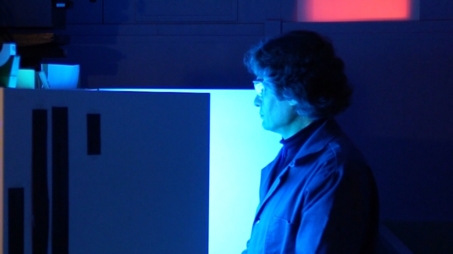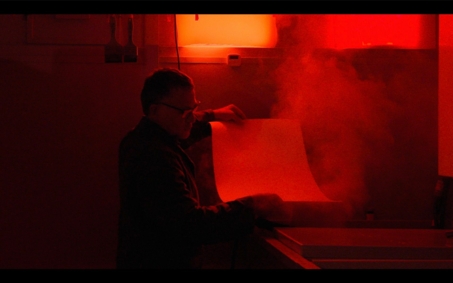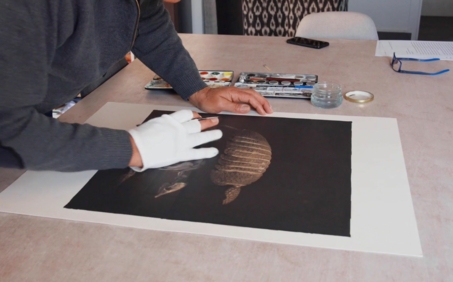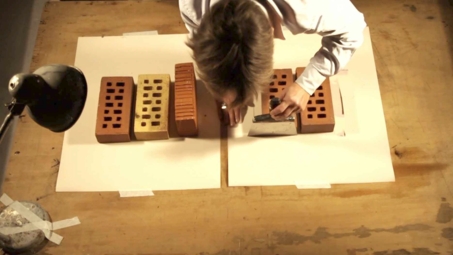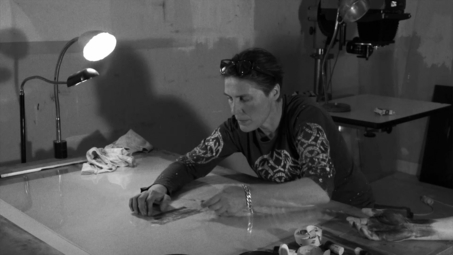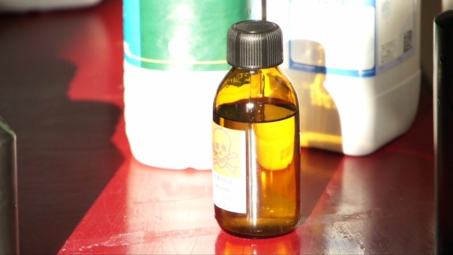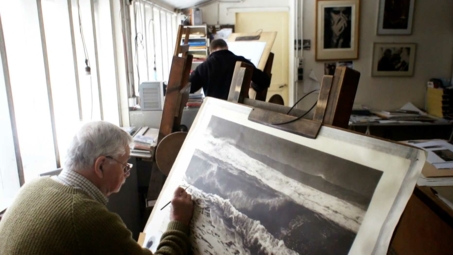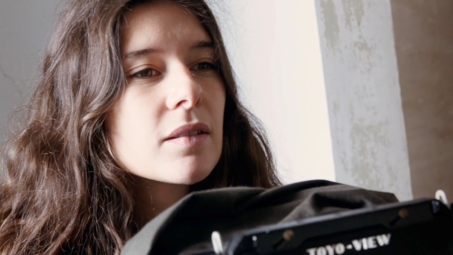In his laboratory in Perpignan, Carlos Barrantes has perfectly mastered the art of historical photographic processes, all those monochrome techniques that require incredible precision, specific tools, and a knack. The printer's know-how does not stop there. Carlos also reveals his photographic work, closely linked to the processes he uses. And by observing these variations, we can see how each method tells its story.
Alternative and historical processes
The so-called alternative processes in photography often refer to 19th-century techniques: the uniqueness of the print, its "stamp value" and the technical difficulty of these processes have been rediscovered by lovers of a slow pace and rare work. In addition, these ancient methods offer subtle tonal ranges, often very strongly linked to the sensitivity of the person carrying out the various stages of creation.
These processes, perfected by pictorialists in the 19th century in an attempt to push back against precision, still find fans today, and for the same reasons.
Films on the theme
A master printer's journey through historic photo methods.
Mastering the delicate dance of cyanotype creation.
Maté and UV: a recipe for success
Carlos Barrantes, master of printing and historical processes, takes us step by step through cyanotypes. From his Perpignan laboratory, he carefully explains his preparations and manipulations, giving an artist's perspective on his choices and decisions. Artist and artisan, he is as visually sensitive as the paper he uses is to light. And he sublimates each photograph into a unique print.
Everything you always wanted to know about platinum/palladium printing…
Go Platinum!
In this third encounter, Carlos Barrantes, a master of printing and historical processes, gives us a step-by-step guide to platinum/palladium printing....
A fusion of tradition and innovation in photographic craft.
A Perfect Match
From his workshop in Perpignan, France, Carlos Barrantes is not just preserving ancient photographic techniques; he is reinventing them with the precision of a master jeweler. This last installment in our series dedicated to his craft immerses us in the world of Platinochromie, an innovative method that combines color digital printing with platinum-palladium printing, resulting in creations of remarkable depth and longevity.
Chemistry, Nothing But Chemistry
One day in 1995, photographer Odile Bernard Schröder decided to leave her camera in the cupboard and instead devote herself exclusively to her research, exploring the vast world of alternative photographic processes. Using various techniques, she multiplies her experiments with light... Part one of a three-part encounter, this film sees her tackle the chemigram, a technique invented by Pierre Cordier in 1956, which uses both painting and photographic materials to create its images.
Forget The Camera!
Part two of a three-part encounter, this film sees her tackle the Cliché-verre, a printmaking process invented by Grandguillaume and Adalbert Cuvelier and practiced by Corot, Rousseau, the Barbizon painters and later by Man Ray.
Let The Sunshine...
In this third and final part of our meeting, she shares with us her vision and her practical experience of the cyanotype, one of the oldest photographic processes, which has very much come back into fashion in recent years.
A journey through time with the Fresson's unique printing process.
Everything You Always Wanted to Know About The Fresson Process
In the secrecy of their workshop, a real time capsule that takes us back to the 19th century, the Fresson grandson and great-grandson are at work. Guardians of a legendary photographic process, they can spend up to two weeks on a single print. An intimate film that offers insight into a technique, but also into a family of craftsmen who have been part of the history of photography for more than a century. A rare documentary that reveals the difficulty of preserving an art that is slow and fragile in a world addicted to speed, where digital and inkjet printers reign.
Did You Say Calotype?
On the ground floor of a vast family home, a young photographer shuttles between an antique view camera and a laboratory overflowing with dangerous chemicals. She seems in a state of uncertainty. One shot follows another. Each is a disappointment... Sara Imloul's discovery of the calotype sparked the idea for her first photographic series. Reappropriating this historical process by combining it with personal experiments, she explores a world both mysterious and poetic, which illustrates all the richness of today's photography.
